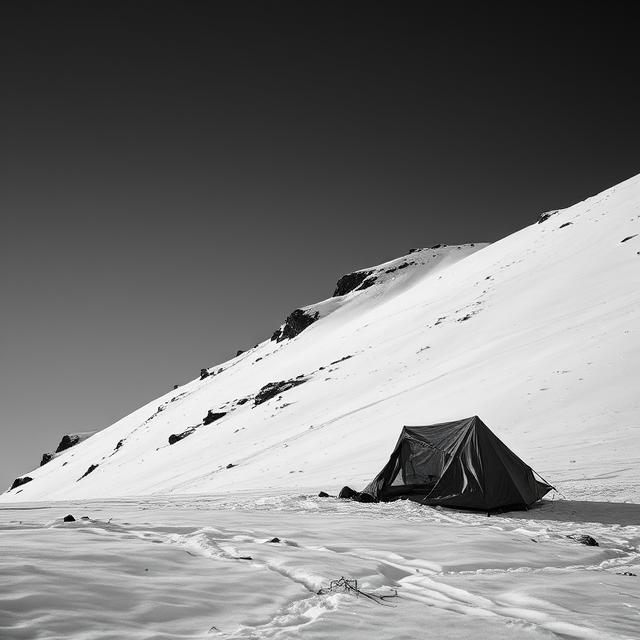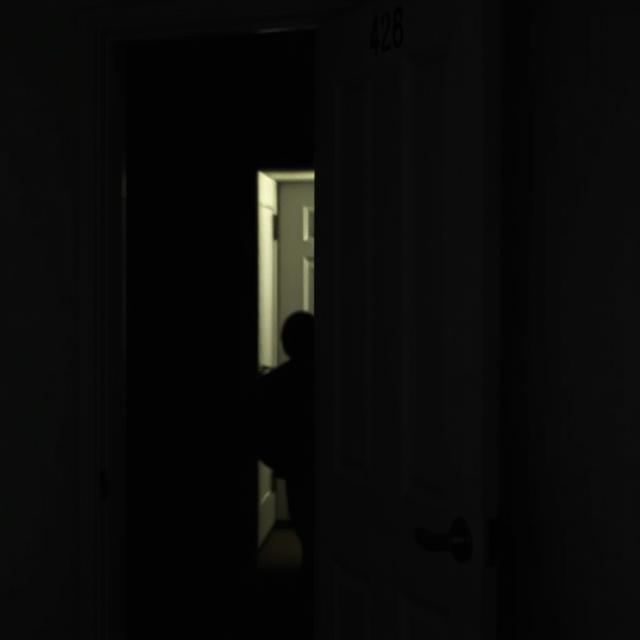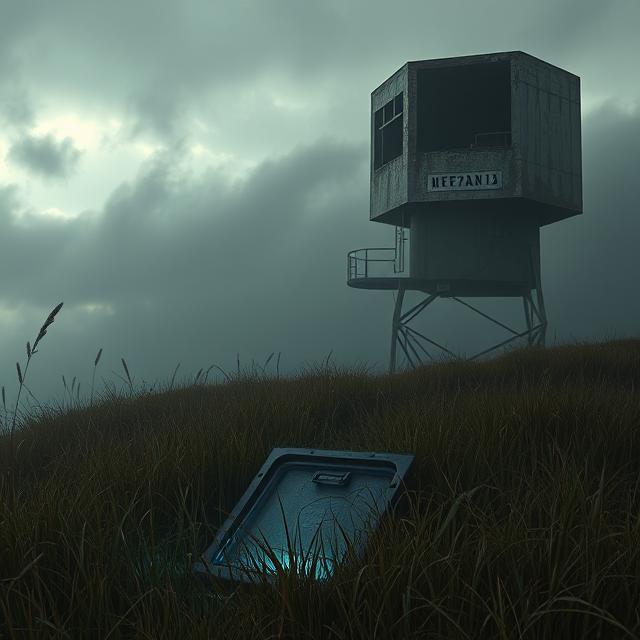The Ural Mountains of Russia, a vast and often unforgiving landscape, hold a secret buried beneath layers of snow and decades of speculation: the Dyatlov Pass Incident. In February 1959, a group of nine experienced hikers, led by Igor Dyatlov, embarked on a ski expedition to the northern Urals. What began as an ambitious adventure tragically ended in the mysterious and gruesome deaths of all nine members. The perplexing circumstances surrounding their demise – their tent slashed open from the inside, their bodies found scattered across the snowy landscape, some with bizarre injuries and inexplicable levels of radiation – have transformed this Soviet-era tragedy into one of the most enduring and debated mysteries of the 20th century, fueling theories ranging from avalanches and hypothermia to secret military experiments and even extraterrestrial encounters.
The hiking group consisted of eight men and two women, all students or graduates of the Ural Polytechnical Institute (now Ural Federal University). They were experienced mountaineers and skiers, well-equipped for the challenging winter conditions. Their plan was to reach Otorten Mountain, about 10 kilometers north of the incident site.
On January 31, 1959, the group began their ascent. Due to worsening weather conditions, they decided to set up camp on the slope of Kholat Syakhl Mountain (“Dead Mountain” in the local Mansi language), near a pass that would later be named after their leader, Dyatlov Pass. This would be their last known location alive.
The alarm was raised when the group failed to send a pre-arranged telegram to their sports club on February 12th. A search party, initially consisting of fellow students and later joined by the army and police, was launched. On February 26th, the abandoned and badly damaged tent was discovered on the slopes of Kholat Syakhl. It was cut open from the inside, and footprints leading away from the tent towards the edge of a nearby forest were found. These prints suggested that the hikers had left the tent in a hurry, some wearing only socks or even barefoot.
The discoveries that followed were even more perplexing and disturbing. The first two bodies, those of Yuri Doroshenko and Yuri Krivonischenko, were found below a large cedar tree at the edge of the forest, about 1.5 kilometers from the tent. They were lightly dressed and barefoot. Nearby, the remnants of a small fire suggested a desperate attempt to stay warm.
The bodies of Igor Dyatlov, Zinaida Kolmogorova, and Rustem Slobodin were found in the days that followed, scattered between the cedar tree and the tent, as if they had been trying to return to the shelter. Slobodin had a fractured skull, though it was not deemed fatal.
It took over two months to find the remaining four members: Semyon Zolotaryov, Alexander Kolevatov, Nikolai Thibeaux-Brignolles, and Lyudmila Dubinina. Their bodies were discovered in a ravine about 75 meters deeper into the forest than the cedar tree. These final four presented the most baffling and gruesome injuries. Thibeaux-Brignolles had a severe skull fracture. Dubinina and Zolotaryov had multiple fractured ribs. Most disturbingly, Dubinina was missing her tongue, eyes, part of her lips, and some bone tissue. Zolotaryov’s eyes were also missing.
Adding to the mystery was the fact that some of the clothing found on the last four bodies showed traces of beta radiation, albeit at low levels.
The initial investigation by Soviet authorities concluded that the hikers had died due to a “compelling unknown force.” This vague and unsatisfying conclusion only fueled further speculation and a plethora of theories attempting to explain the bizarre events.
The Avalanche Theory: One of the earliest and most straightforward explanations was an avalanche. However, the evidence doesn’t entirely support this. The tent, while damaged, was not buried under a significant amount of snow, and the hikers’ footprints leading away from it were clear. Furthermore, avalanches typically leave a wider path of destruction.
Hypothermia: While hypothermia was likely a factor in the deaths of the first few found, it doesn’t explain the severe internal injuries suffered by the last four, nor the strange circumstances of their departure from the tent.
Military Testing: Given the Cold War context and the remoteness of the area, some theories suggest secret military experiments might have gone awry. This could potentially explain the injuries and the trace amounts of radiation. Perhaps the hikers inadvertently stumbled upon a testing site. However, no concrete evidence has ever emerged to support this.
Infrasound: Another theory posits that infrasound, perhaps generated by strong winds around the oddly shaped Kholat Syakhl Mountain, could have induced panic and irrational behavior, causing the hikers to flee the tent. However, this doesn’t readily explain the specific injuries.
Animal Attack: While some superficial injuries could be attributed to scavenging animals, they don’t account for the severe internal trauma, particularly the fractured ribs and skull.
The Mansi Theory: Initially, suspicion fell on the local Mansi people, whose sacred lands the hikers were traversing. However, investigations found no evidence of their involvement, and the Mansi are generally considered peaceful.
UFO/Extraterrestrial Encounter: The strangeness of the injuries, the hurried departure, and the “unknown compelling force” in the initial report have led to more outlandish theories involving UFOs or encounters with extraterrestrial beings. While lacking any factual basis, these theories persist due to the sheer inexplicability of the known facts.
Recent re-examinations of the evidence, utilizing modern forensic techniques and simulations, have leaned towards a modified avalanche theory, suggesting a slab avalanche (a type of avalanche where a cohesive slab of snow slides on a weaker layer beneath) that might have impacted the tent, causing the hikers to cut their way out in panic. This could explain the initial flight and some of the injuries as a result of falls or being struck by ice and snow. However, it still doesn’t fully account for the specific and severe trauma of the last four, or the missing soft tissues.
The Dyatlov Pass Incident remains a haunting puzzle, a tragedy compounded by the lack of a clear and universally accepted explanation. The stark image of the slashed tent in the snow, the scattered bodies, and the bizarre injuries continue to fuel debate and speculation. Was it a freak natural event, a secret military mishap, or something even more inexplicable? The snowy slopes of the Urals hold their secrets tightly, and the fate of the Dyatlov group remains a chilling testament to the unpredictable and sometimes deadly nature of the wilderness, and perhaps, something more.
Want to explore the shadows even deeper? For more chilling cases like this, visit SinisterArchive.com, where the legends are real.




